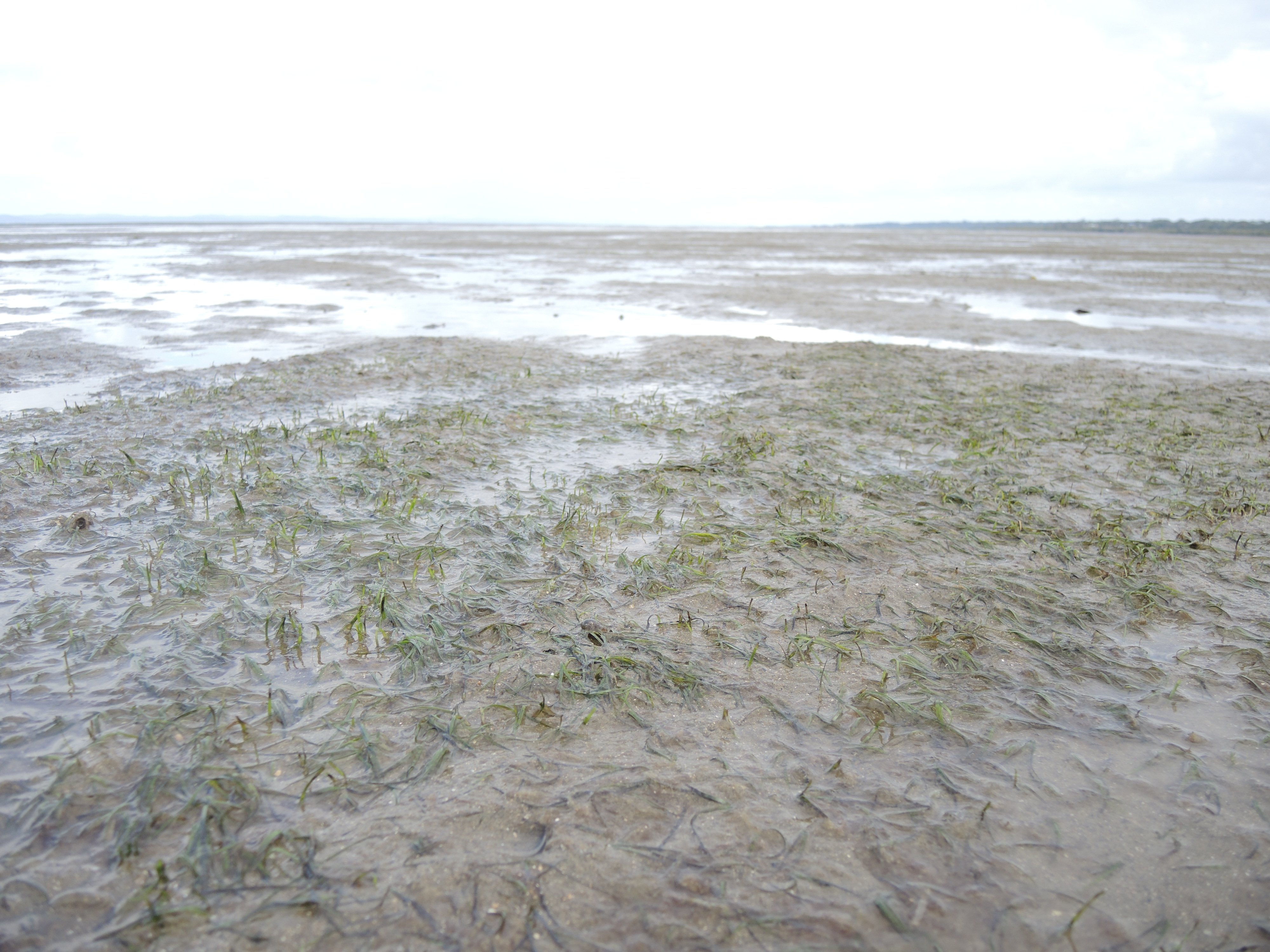|
|
Intertidal and subtidal (estuarine and marine) ecologyEstuarine ecosystems are those with oceanic water which is diluted with freshwater run-off from the land. Marine ecosystems are those with oceanic water. Intertidal ecosystems differ from subtidal ecosystems based on the biophysical attribute of inundation and are therefore easier to map. Estuarine and marine wetlands are a subset of estuarine and marine ecosystems which only extend to six metres below the lowest astronomical tide. The six metre depth contour is unsurveyed for most of the Queensland coast and the extent of freshwater influence is variable over time, making the extent of estuarine and marine wetland boundaries difficult to determine.
Quick facts
About intertidal and subtidal ecosystemsIntertidal and subtidal ecosystems may be composed of parts of both estuarine systems and marine systems[1][2]. Subtidal ecosystems are always submerged due to tidal influence, whereas intertidal ecosystems are found between the high tide and low tide, experiencing fluctuating influences of land and sea[3]. Intertidal ecosystems are a dynamic complex of plant, animal and micro-organism communities and their non-living environment that interact as a functioning unit, and are exposed at low tides (e.g. mangroves or saltmarsh on muddy substrate). Subtidal ecosystems on the sea floor remains continuously submerged. Tidal inundation is a major characteristic of these ecosystems and this and other biophysical attributes of benthic habitats can be used to classify and map benthic habitats. Ecosystem type descriptions provides a hierarchical list of ecosystem types described in terms of their combinations of attributes. Queensland Intertidal and Subtidal Classification SchemeThe Queensland Intertidal and Subtidal Ecosystem Classification Scheme uses the biological, physical and chemical characteristics of the water column and sea floor to classify intertidal and subtidal ecosystems, which includes estuarine and marine environments. The scheme develops a common understanding and language of classification to improve communication and lead to better management outcomes. It provides a structured framework and understanding available for mapping.
OzCoastsThe OzCoasts website provides conceptual diagrams depicting estuarine wetland processes, threats and stressors, including a range of geomorphic conceptual models for each of the seven types of Australian estuaries and coastal waterways. The descriptions supporting these diagrams also contain extensive amounts of useful information. Marine conceptual modelsAdditional information - Marine and Estuarine
Pages under this sectionReferences
Last updated: 4 September 2019 This page should be cited as: Department of Environment, Science and Innovation, Queensland (2019) Intertidal and subtidal (estuarine and marine) ecology, WetlandInfo website, accessed 8 May 2025. Available at: https://wetlandinfo.des.qld.gov.au/wetlands/ecology/aquatic-ecosystems-natural/estuarine-marine/ |

 — Department of the Environment, Tourism, Science and Innovation
— Department of the Environment, Tourism, Science and Innovation


